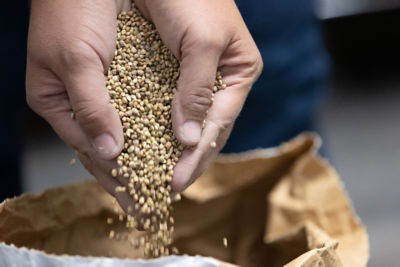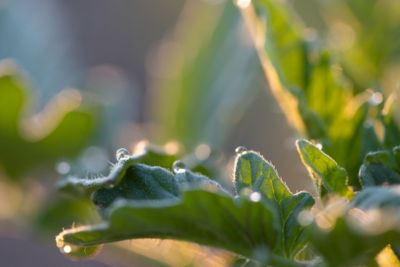Causal Agent
Plasmodiophora brassicae (Many races have been identified)
Distribution
Worldwide
Symptoms
This soilborne fungus infects nearly all cultivated crucifers. The disease can be difficult to detect as affected plants wilt on hot days but may recover after sundown. Plasmodiophora brassicae enters through root hairs, and root cells stimulated by the pathogen multiply rapidly in size and number, forming club-like galls on roots. Deformed roots no longer function normally and are susceptible to rot by secondary soilborne organisms. Young plants affected by this disease often die. Older plants grow to maturity, but are unable to produce a marketable product.


Conditions for Development
Infected roots serve as the major source of inoculum and release zoospores, which infect root tissue. Zoosporecontaminated irrigation water, equipment and people may spread this disease. Propagation of the pathogen may occur if asymptomatic, infected seedlings are transplanted into clean fields. Acidic soils and temperatures ranging from 12-27°C (54-81°F) allow for rapid disease development.
Control
Eradicate cruciferous weeds and volunteers. Cultivate to promote breakdown of crop residues. Implement five-to-seven year crop rotations to non-hosts, lime soil to a pH of 7.3 or greater, and fumigate soil or sow into Plasmodiophora brassicae-free soil medium.




